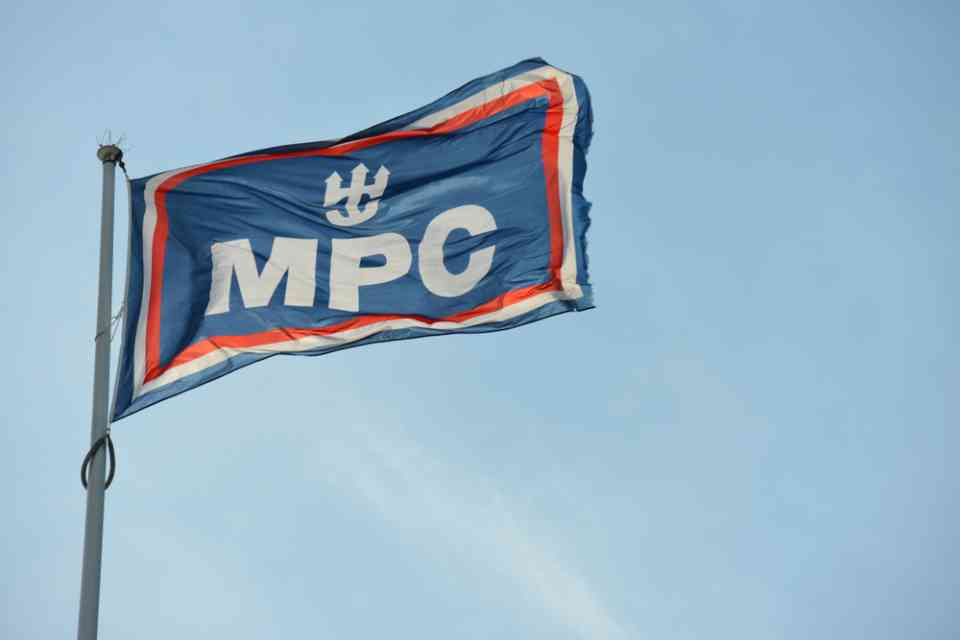Up to 70% of employees can’t identify their corporation’s business strategy, according to research cited in the Harvard Business Review. That research also revealed those same employees don’t understand their company’s purpose, the essential mission and vision that informs and drives the strategy.
Intriguing, but not surprising. In working with dozens of organizations, I’ve seen that when there’s a big gap between leadership and everyone else, something important is often missing: a clear and coherent brand strategy as part of the company’s overarching business strategy. In short, a brand blueprint.
What is a brand blueprint?
The very idea of a brand is often misunderstood as a marketing tool rather than a strategic foundation. When properly developed and activated, your key brand elements can inform your business strategy in critical ways. They map out the competitive marketplace and your position in it, and establish the unique purpose, personality, and points of difference that set you apart.
But an effective brand is not simply a series of platitudes and promises. It must be put into action across your organization, continually and consistently. A brand blueprint is the actionable document that helps your people do exactly that. More than anything, it makes your brand accessible—less abstract and scary, more tangible and easy to use.
How a brand blueprint improves the business strategy process.
The impact of building a business strategy without such a blueprint can best be seen in outcomes. Bain & Company estimates over 50% of strategic initiatives don’t achieve their goals. The causes of failure vary, but all too often the initial strategic process ends up factoring in the business numbers but not the human nuances.
That’s where a brand blueprint comes in. It delivers:
- Insight from the real experts: your customers.
As a recent article in the MIT Sloan Management Review noted, “Strategy is often made by elite teams and thus can be limited by their biases about competitors, customer needs, and market forces.” A good brand blueprint prevents this by starting with Voice of the Customer research. Through methods like one-on-one interviews, focus groups and surveys, you can understand your customers and what motivates them—and avoid wasting money and time on misdirected R&D and marketing.
Voice of the Company research, conducted with employees, is also essential. It can expose gaps between your strategic aspirations and operational realities, providing ground-level insights (and often better buy-in) from the people who need to execute your strategy later. - Clarity, via brand architecture.
Growing businesses tend to accumulate brands, which can multiply confusion. Good brand architecture—the framework that describes how your corporate and product brands relate to each other—can cure that confusion. It organizes your current offerings, so customers (and your own sales team) know which products or services best meet their needs.
It will also clarify how new products or acquisitions should fit in your portfolio, helping to ensure coherent investment in growth. - Your special sauce.
With your research complete, you can more accurately see what makes you unique. This is the core of your brand positioning: the space you occupy in the mind of the target audience relative to the competition. It’s the one essential thing you want everyone to associate with your brand—certainly not a place to be timid or vague.Sometimes what makes you special isn’t just your positioning, but your purpose or personality too. A good brand blueprint clearly shows how they work together to make you, you.
- Consistent, compelling communication.
Any business strategy is only effective if all necessary audiences get it. Your brand blueprint should establish clear communication parameters, with examples of how core messages come to life in copy, and specific instructions for color, typography, and graphics. (This is where a brand blueprint often dovetails into brand execution guidelines.)And to make sure it’s accessible to everyone who needs it, present your brand blueprint with simple language and plenty of visuals, and delivered as a PDF or online reference that is easy to share and update.
What should a brand blueprint cover?
As noted before, your brand blueprint is an actionable document—emphasis on action. Think of it as a guidebook to good strategic implementation, with everything you need in one spot. Sometimes it’s streamlined. Other times you want the works. Either way, at the very least it should include:
- Research (customer and employee)
- Mission/purpose, vision, and values
- Target audience descriptions (or buyer personas)
- Brand architecture
- Positioning statement
- Brand persona and voice
- Brand promise or value proposition
- Messaging strategy
- Brand guidelines, including design and copy
Your business and brand are inseparable. Your business strategy and brand blueprint should be, too.
Written by Charlene Gervais.
Have you read?
The Modern CEO Needs to Know How to Manage Politics in the Office. Greg Blatt Has Some Thoughts.
Reasons why CPQ is a must-have revenue engine for your firm.
How Sports Illustrated CEO Ross Levinsohn Generates More Revenue From Quality Content.
eCommerce Is Changing: Krissy Mashinsky Wants to Make Sure It’s for the Better.
A Winning Formula in Any Market: Approach. Pitch. Deliver. Network. Repeat by Vinayak Shrivastav.
Track Latest News Live on CEOWORLD magazine and get news updates from the United States and around the world.
The views expressed are those of the author and are not necessarily those of the CEOWORLD magazine.
Follow CEOWORLD magazine headlines on Google News, Twitter, and Facebook. For media queries, please contact:
info@ceoworld.biz



































































